Lasers, spaceflight, surgery, nuclear power and the secrets of Mayan civilization: How Russian scientists changed the world

February 8 marks the day of Russian science, when past achievements are celebrated to inspire new generations for the future. The list of Soviet and Russian specialists who have made crucial contributions to physics, chemistry, medicine and biology amongst others is too long to outline, but their work is used every day around the world.
The Periodic Table
The Periodic Table of Chemical Elements, a basic tool used by scientists to explore matter and foresee the existence of new elements, was created by Russian scientist Dmitry Mendeleev in 1869. In 2019, the UN celebrated The International Year of the Periodic Table, to mark the 150th anniversary of the discovery it called“a window on the universe.”
Humanity has known about several chemical elements since ancient times. In the 17th century, German alchemist Hennig Brand accidentally discovered a new element – phosphorus – and triggered a wave of scientific experiments. A hundred years later, French chemist Antoine Lavoisier wrote ‘Elementary Treatise of Chemistry’, considered to be the first modern chemistry textbook.
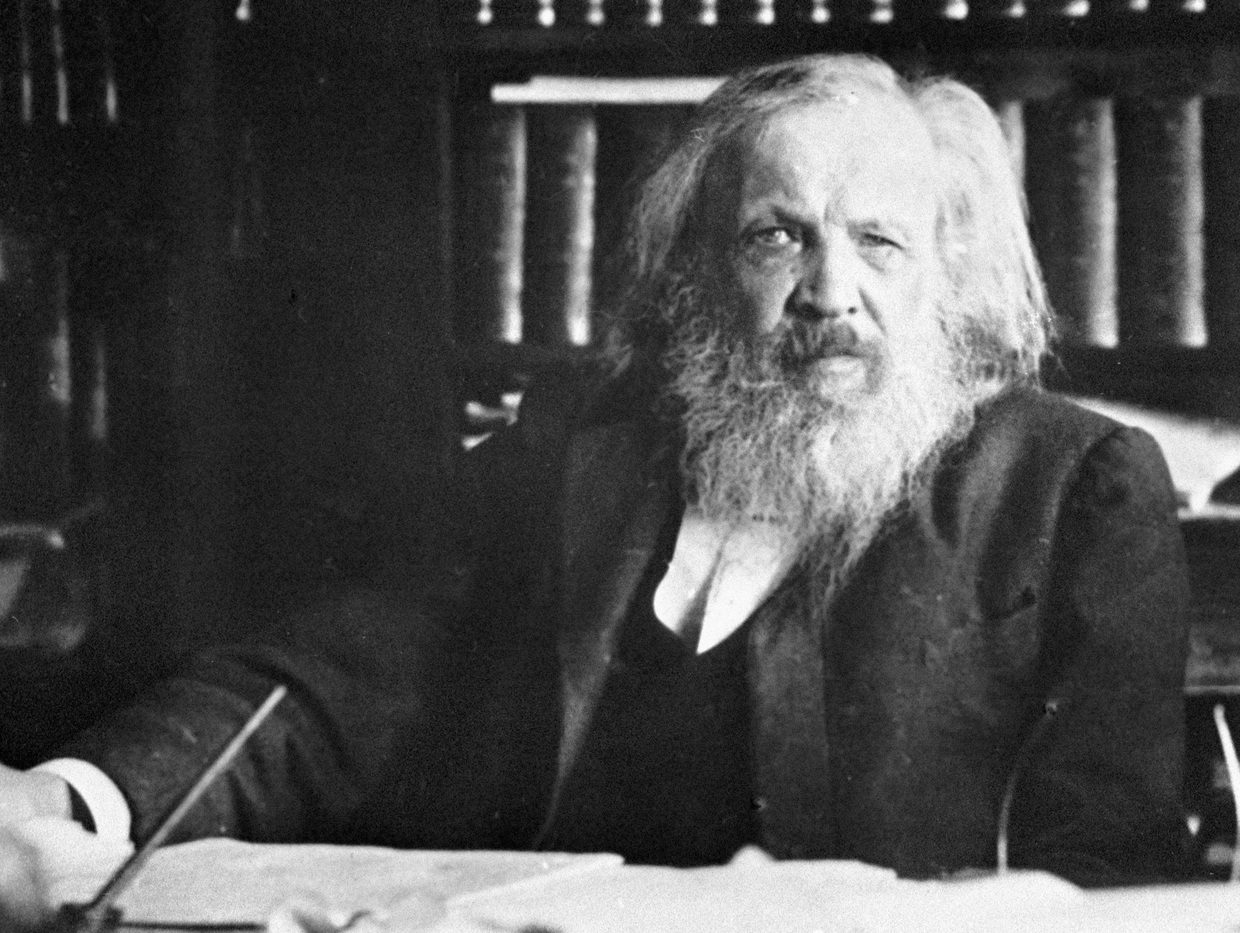
Mendeleev was only 35 years old when he made the greatest discovery of his life.
He had suspected a relationship between the elements since he was a student, and over the years, this idea became an obsession. “...The anticipation of the imminent resolution of a question that tormented me put me in an excited state,” he recalled. “For several weeks I slept fitfully, trying to find that magical principle… And then one fine morning, after spending a sleepless night… I lay down on the sofa in the office and fell asleep. And in a dream, a table appeared to me quite clearly.” Mendeleev arranged the elements by atomic weight and noted periodicity of properties. Then, he grouped the elements with similar properties below each other.
This system allowed Mendeleev to predict the existence of further elements. In the middle of the 19th century, only about 63 elements were known whereas now 118 elements currently populate the periodic table. The latest addition, oganesson, is named after Russian nuclear scientist Yuri Oganesyan, who assisted in the discovery of several superheavy elements, now added to the table.
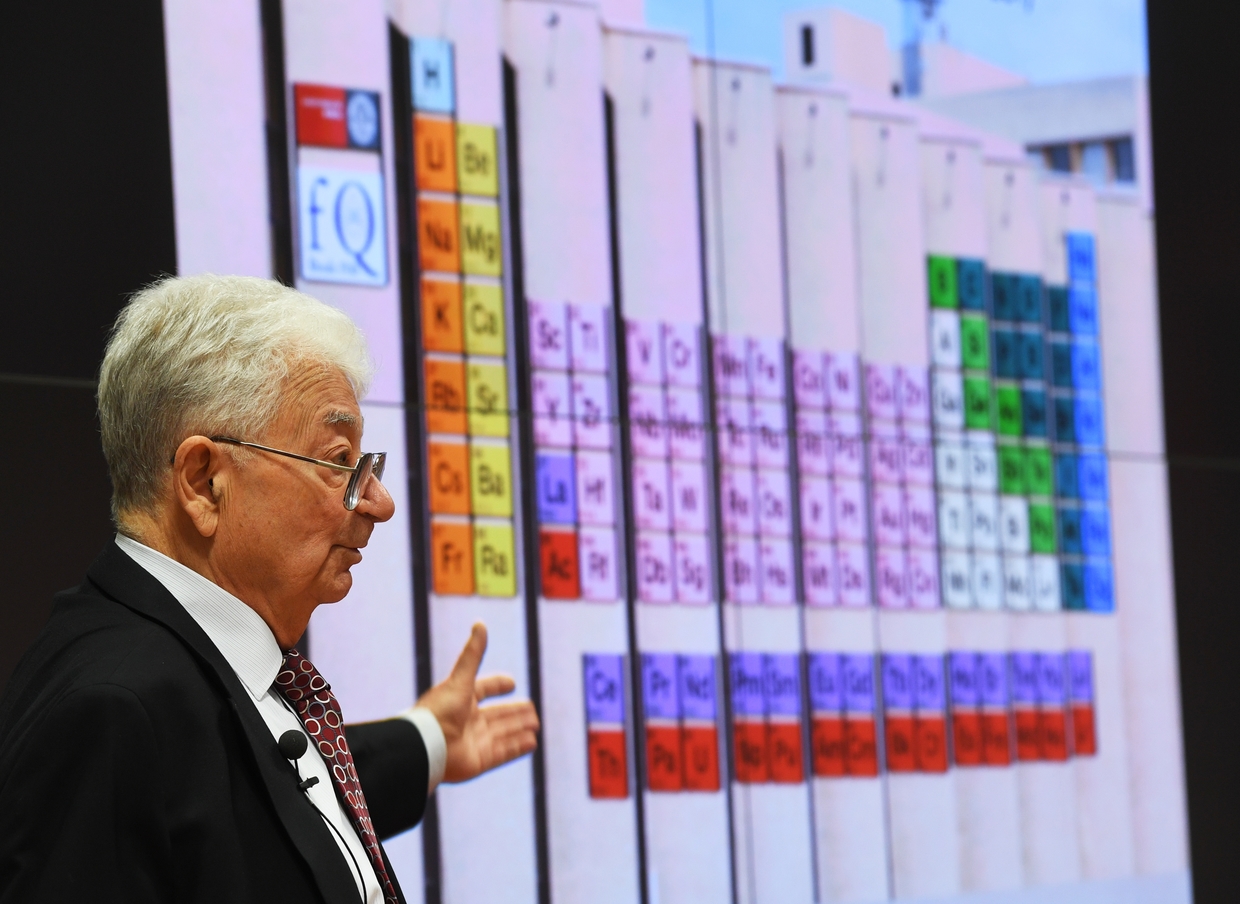
Field Surgery
Doctor Nikolay Pirogov made an immense contribution to medicine worldwide and is often described as the “father of Russian medicine”. He is considered an innovator and was the founder of field surgery – or offering complex treatment to the wounded in the middle of combat.
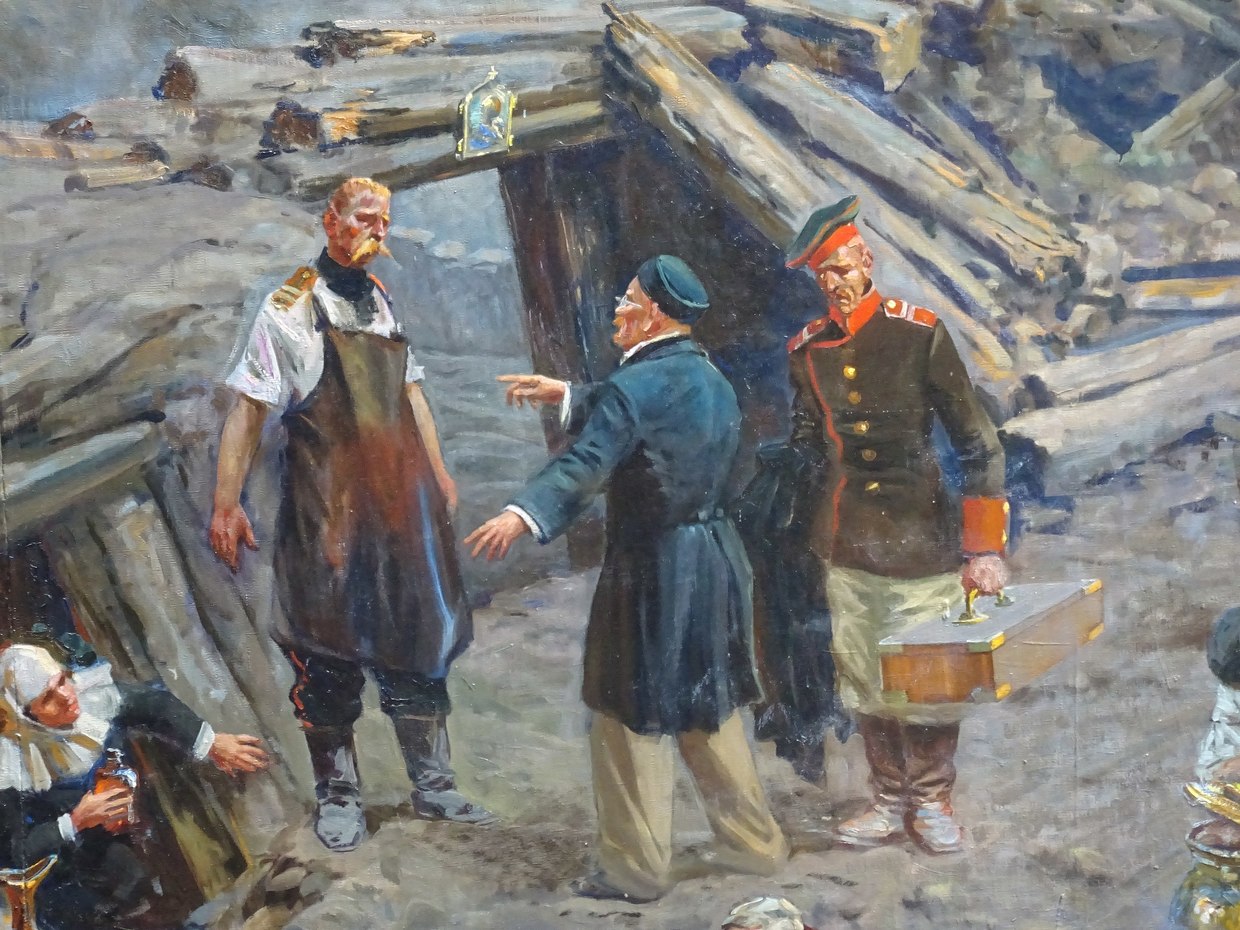
Pirogov became the first surgeon to use ether as an anesthetic in 1847 while working in a field hospital. He was the main surgeon in the besieged city of Sevastopol through the Crimean War in the 1850s and was also one of the first to use orthopedic casts from plaster, which helped prevent amputation of limbs.
Pirogov further improved Russian field medicine by applying the innovations and practice of his contemporaries. During the Crimean War, Pirogov emulated Florence Nightingale by training a Russian group of female nurses. Additionally, after meeting the famous French surgeon Dominique Jean Larrey in Paris, Pirogov introduced Larrey’s triage system to the Russian army’s medical corps.
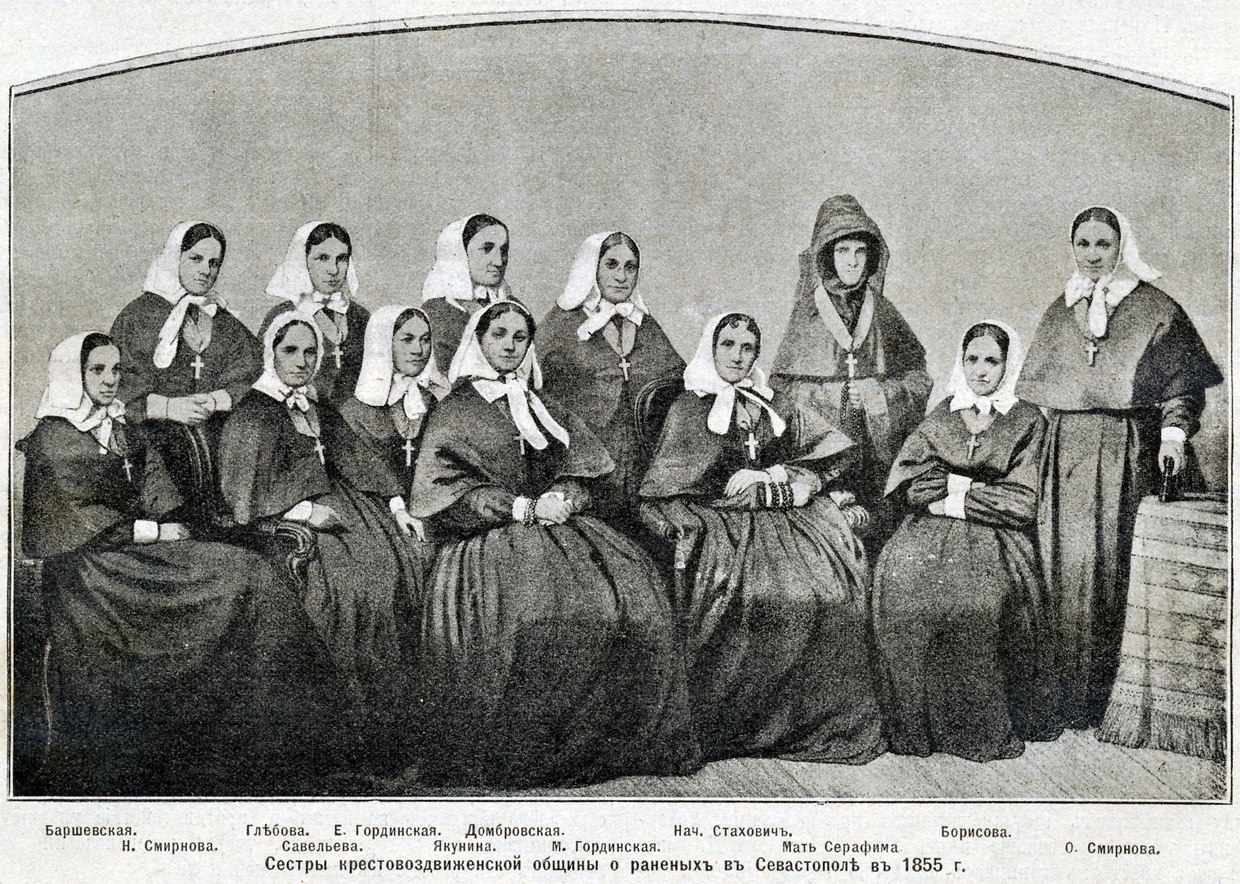
Classical Conditioning
Even if you’ve never heard about Russian neurologist and physiologist Ivan Pavlov, you’re probably familiar with ‘Pavlov’s dog’.
While researching the digestion process of animals, Pavlov realized that dogs began to salivate when they saw the assistant who fed them. The scientist presented a stimulus – the sound of a metronome – and then fed the dog. After several attempts, the animals started to salivate in response to the stimulus.
The experiment became a base for the classical conditioning theory: An unconditioned stimulus (in Pavlov’s case – food) caused an unconditioned response (dog’s salivation). A neutral stimulus (the metronome’s sound without food) didn’t cause any reaction, but after conditioning (offered with food), the metronome’s sound became a conditioned stimulus and caused a conditioned reaction (salivation) even if food didn’t follow.
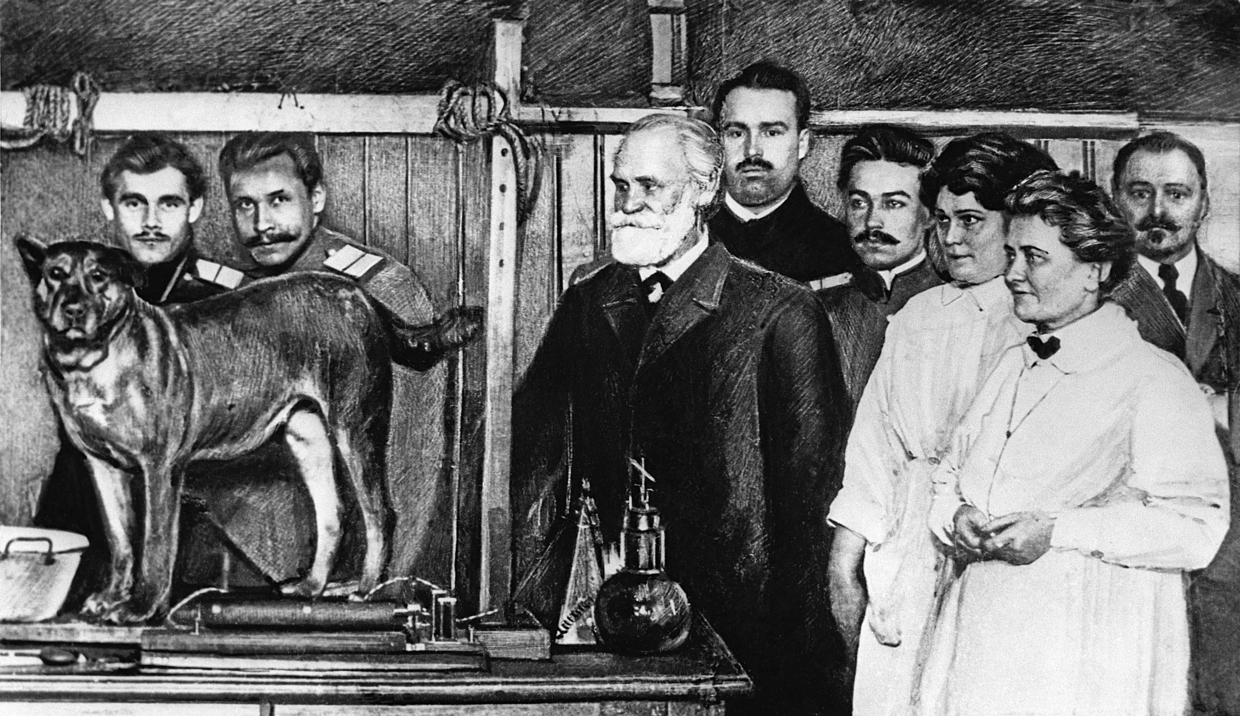
Classical conditioning helps understand the basic form of learning and is often used in behavioral therapies. Specialists also use it to investigate and treat addictions.
In 1904, Pavlov became the first Russian to be awarded The Nobel Prize in Physiology or Medicine “in recognition of his work on the physiology of digestion, through which knowledge on vital aspects of the subject has been transformed and enlarged.”
Deciphering the Maya Script
“You don’t need to jump across the pyramids to understand how to work with texts” – Yuri Knorozov.
Knorozov was a Soviet linguist and ethnographer who managed to decipher the script of the Maya civilization. He published an article in 1952 proclaiming his achievement. At the time, he was just 30 years old, but perhaps more remarkable is that he had never visited Central America.

Knorozov studied Egyptology at Moscow State University, and was fascinated by the Mayan culture. As he recalled, he was heavily influenced by a 1945 article by German researcher Paul Schellhas titled, “Is deciphering of the Maya hieroglyphs an unsolvable problem?”.
While working on the Maya scripts, Knorozov demonstrated that the hieroglyphs represent sounds. Later, he composed a catalog of 540 symbols, and explained the method on how to use them to read and understand the Maya texts.
Knorosov’s work was translated into many languages and sparked discussions in the scientific community for decades. Soviet scientists led by Knorozov went on to work on the decipherment of other historical mysteries such as the rongorongo script of Easter Island and the Indus script.
In Mexico, there are monuments to Knorozov in the capital and in the Yucatan peninsula city of Merida where the Mayan civilization existed. The scientist is portrayed together with his cat Asya that Knorozov called his “co-author”.
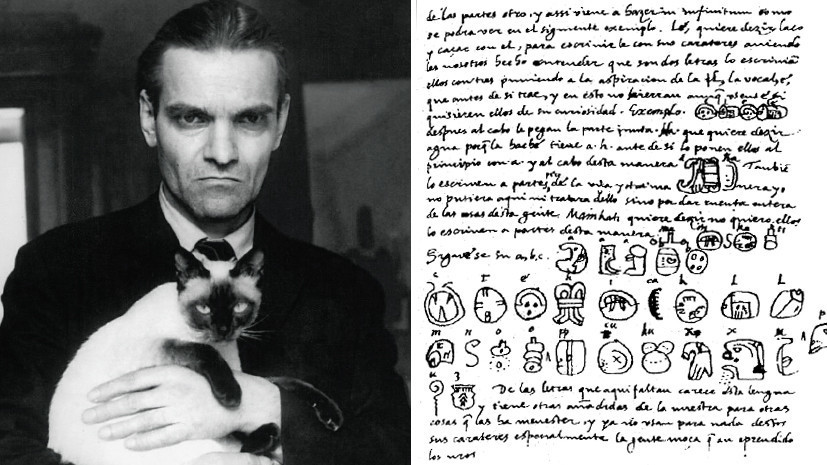
Development of Lasers
It’s extremely difficult to imagine the modern world without lasers. They are used everywhere – in medicine, industry, electronic devices and beyond. ‘Laser’ is an acronym for Light Amplification by Stimulated Emission of Radiation. The creation of such devices was predicted by Albert Einstein in 1917, when he described the process of ‘stimulated emission’ – the release of energy from an excited atom by artificial means.
Before scientists developed a laser, they worked on the ‘maser’ concept (Microwave Amplification by Stimulated Emission of Radiation). The research was done simultaneously in the USSR and in the US. In 1952, Soviet physicists Nikolay Basov and Alexander Prokhorov described the theoretical principles for maser operation.
Later, they proposed a principle for achieving population inversion by pumping a three-level system. This technique proved to be highly effective and is now widely used in various lasers and spectral ranges.
Simultaneously, American physicist Joseph Weber described how to use stimulated emissions to make a microwave amplifier. Using this method, physicist Charles H. Townes built the first maser.
In 1964, Basov, Prokhorov and Townes shared the Nobel Prize “for fundamental work in the field of quantum electronics, which has led to the construction of oscillators and amplifiers based on the maser-laser principle.”
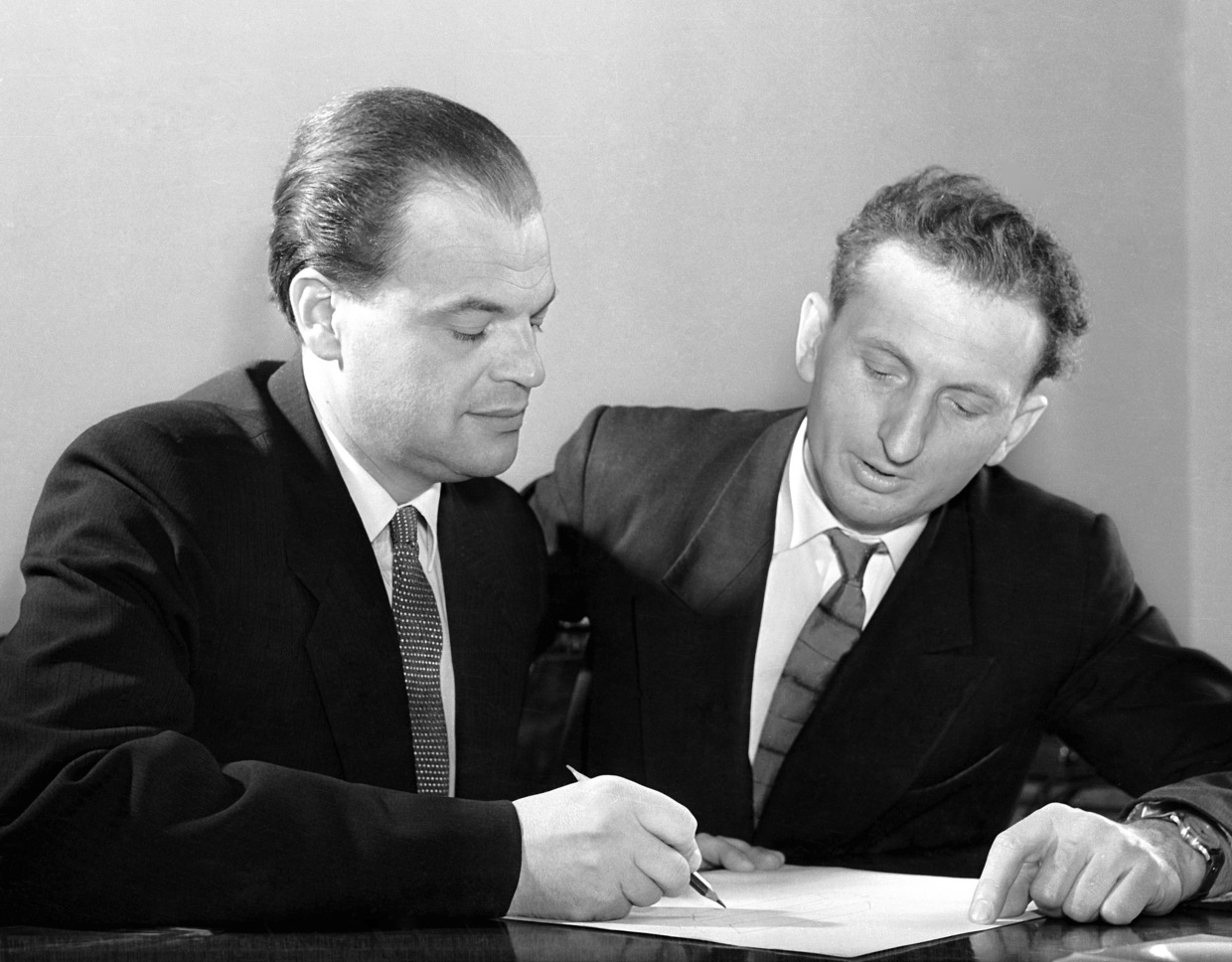
Optical Holography
Holography is generally best known as a method to create a 3D image, which can be seen without any special glasses or other devices. Holography itself was invented by Hungarian-British physicist Dennis Gabor in 1947. While trying to improve an electron microscope, he discovered a method to record the entire field information – amplitude and phase – and not just the usual intensity.
The breakthrough in the technology followed laser invention and development, which were distinguished from other light sources by their coherence (meaning that the wavelengths of the laser light are in phase in space and time).
In the 1960s, Soviet physicist Yuri Denisyuk created a single-beam technique to produce a high quality image. This method became widely known as “Denisyuk holography”. When a Denisyuk hologram is recorded with at least three lasers, full color holograms can be obtained.
Interestingly, Denisyuk took inspiration from the Lippmann color photography technique (interferential photography), which is a color-only technique that records the entire visible color spectrum. When a Denisyuk hologram is recorded with at least three lasers, full color holograms, depicting a very realistic image of an object, can be obtained.
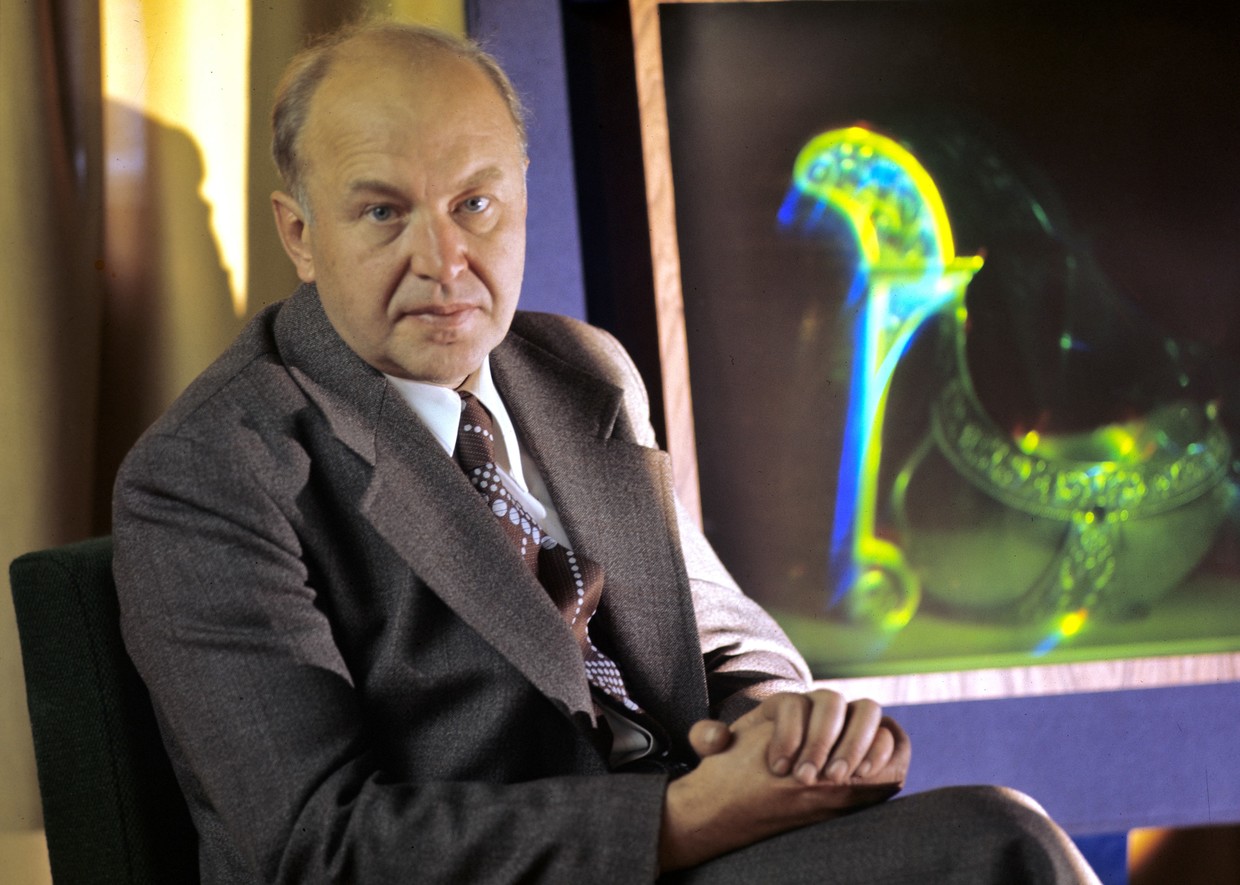
Linear Programming
Soviet economist Leonid Kantorovich was the first to describe the method now known as ‘linear programming,’ used in industry and business planning, having developed the idea in the 1930s. As Kantorovich recalled, he faced a formidable task to find the optimal loading for peeling machines. While searching for an effective solution, Kantorovich took into account many other similar problems, such as the effective use of agricultural land, which all seemed to fit a certain mathematical model. In 1975, the scientist shared a Nobel Prize with Dutch economist Tjalling C. Koopmans “for their contributions to the theory of optimum allocation of resources.”
Linear programming methods have since been improved by many scientists around the world. It is widely used in microeconomics and can be applied to planning, production and transportation to minimize production costs and maximize income.

Space Exploration
It’s nearly impossible to imagine the Soviet and Russian space programs without Konstantin Tsiolkovsky, universally recognized as the “father of human spaceflight.” Apart from being a brilliant scientist, Tsiolkovsky was quite an extraordinary man. At the age of 10, he almost completely lost his hearing and was forced to dedicate himself to self-education.
Most of Tsiolkovsky’s ideas outpaced his time. In 1895, he predicted artificial satellite development and use. In 1903, he published a mathematical equation, now known as the Tsiolkovsky rocket equation, describing rocket travel in space which is still used by aerospace engineers. Tsiolkovsky also envisioned and explained how future spaceships would overcome Earth's gravity, described their flight path and how they would land. Decades later, his theories became reality, brought to life by new generations of scientists and engineers.

In the 20s, schoolboy Valentin Glushko wrote several letters to Tsiolkovsky, detailing his dreams about space flight, which later became the point of his life. Glushko would go on to design rocket engines that took Soviet satellites and cosmonauts to space, as well as the “Buran” spaceplane.
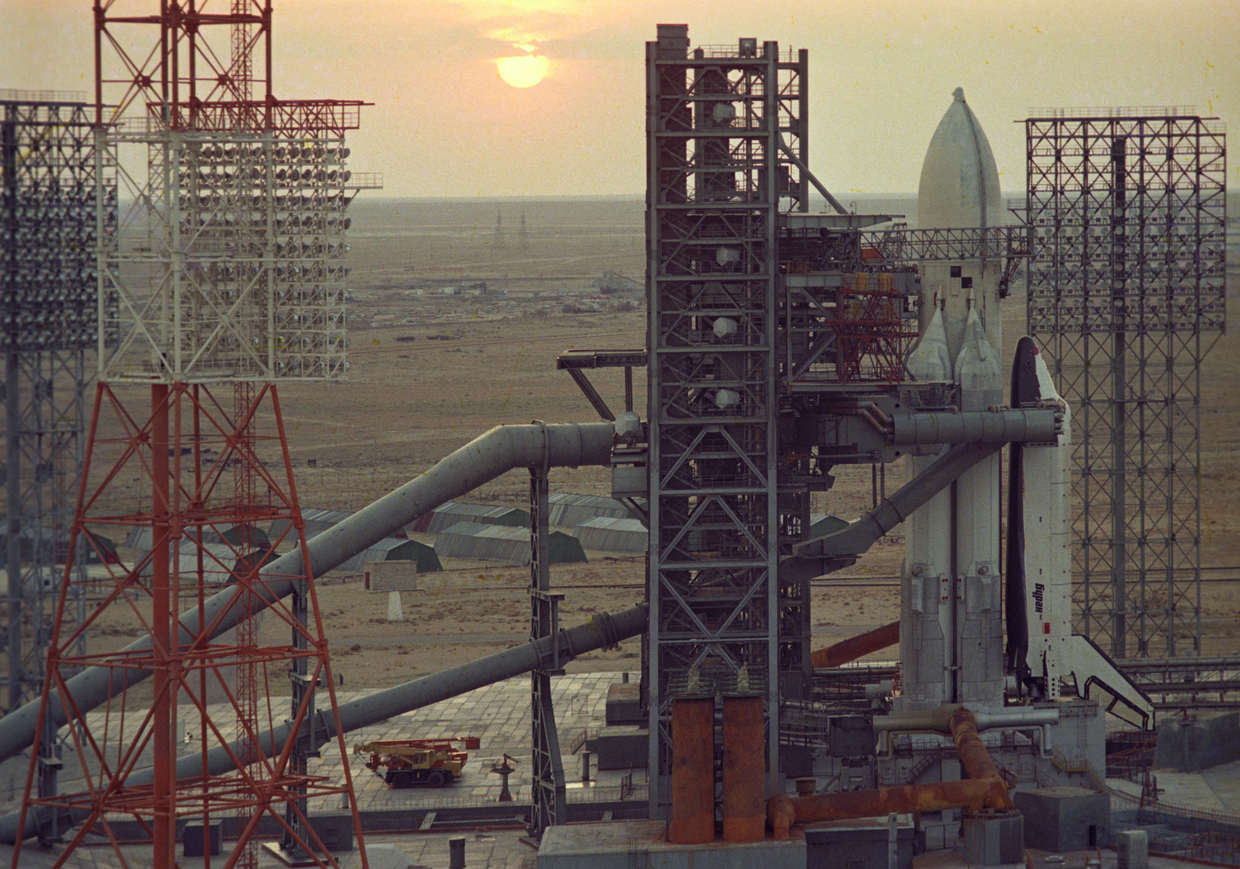
Sergey Korolev is also a significant figure in the history of space exploration. He led the Soviet space program and worked on the launch of the Sputnik 1 satellite. Korolev’s guidance oversaw many other aerospace achievements including Yuri Gagarin’s ground breaking space flight, Alexey Leonov’s first human spacewalk, the first woman in space, Valentina Tereshkova, and a number of other groundbreaking space missions.
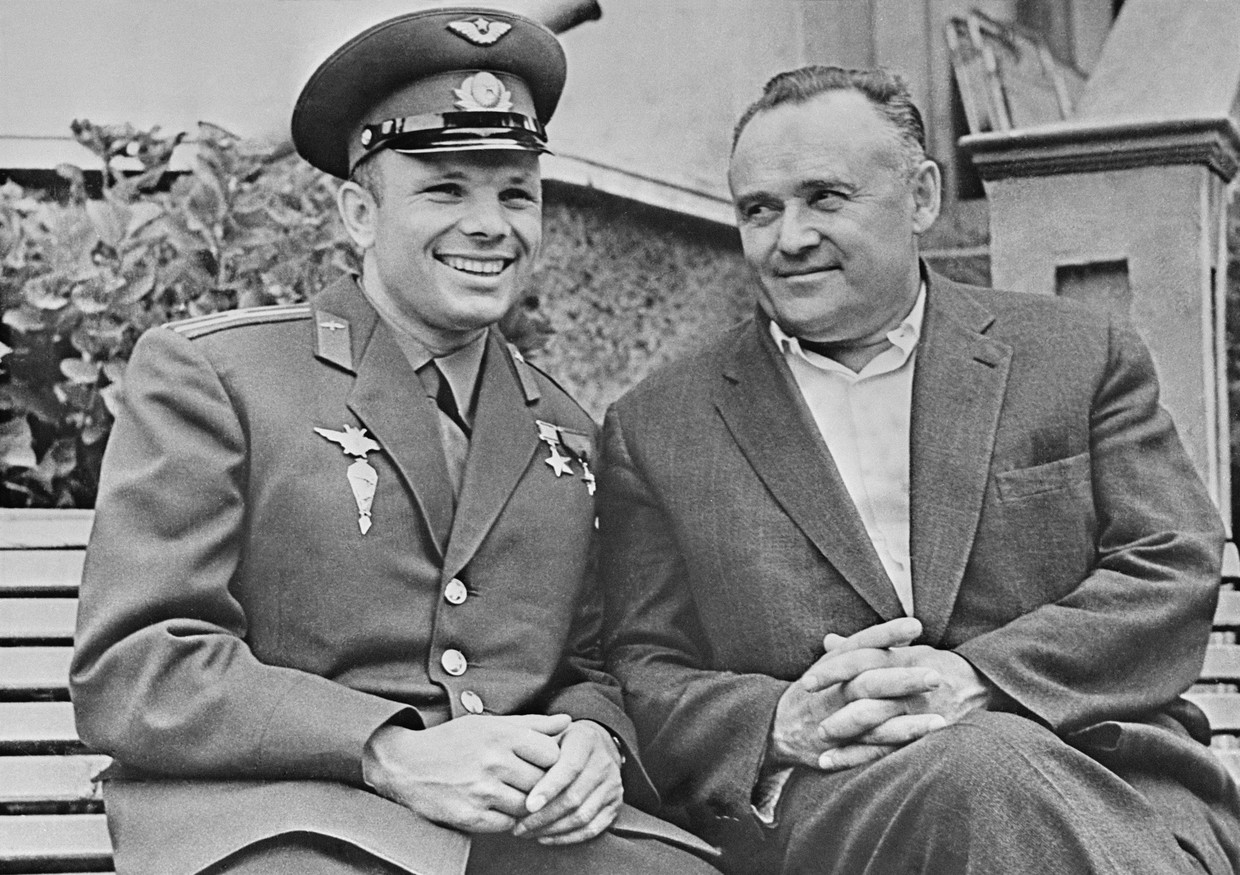
Nuclear Reactions
Soviet and Russian atomic scientists have always been frontrunners in researching nuclear energy, and Igor Kurchatov is one of the most prominent. Kurchatov worked on the peaceful application of atomic energy while leading the Soviet nuclear weapons project. His work led to the first grid-connected nuclear power plant launched in the city of Obninsk in 1954, near Moscow.
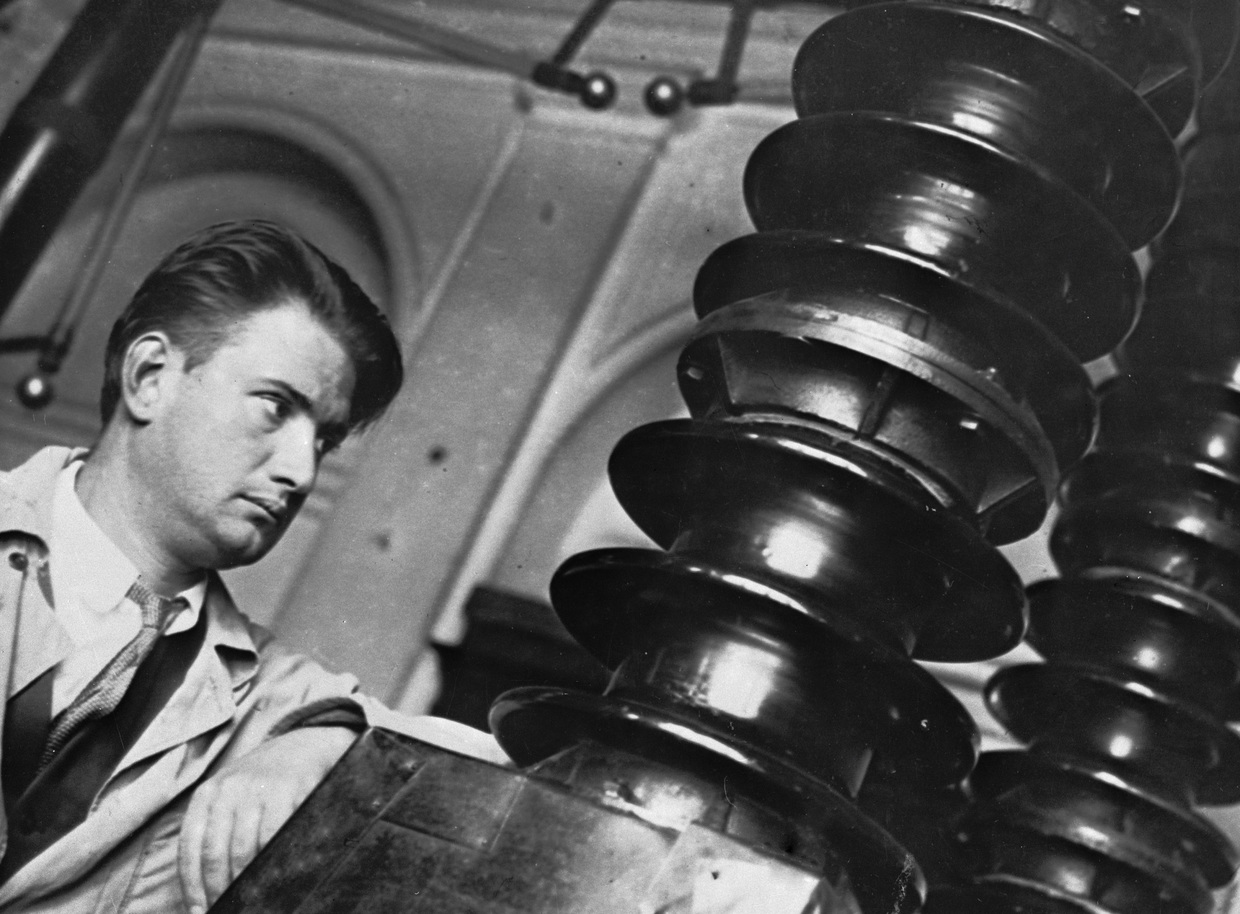
Modern-day nuclear fusion relies heavily on the research of another globally-known Soviet physicist – Andrey Sakharov. Together with Nobel Prize-awarded scientist Igor Tamm, they developed the tokamak concept – a device that uses a powerful magnetic field to confine plasma and produce controlled thermonuclear fusion power. Their research forms the base of fusion reactor development today.
Both Kurchatov and Sakharov played key roles in the development of Soviet nuclear weapons. In 1949, a team led by Kurchatov tested the first Soviet nuclear bomb. Six years later, the first hydrogen bomb designed by Sakharov and his team was tested in the same area.
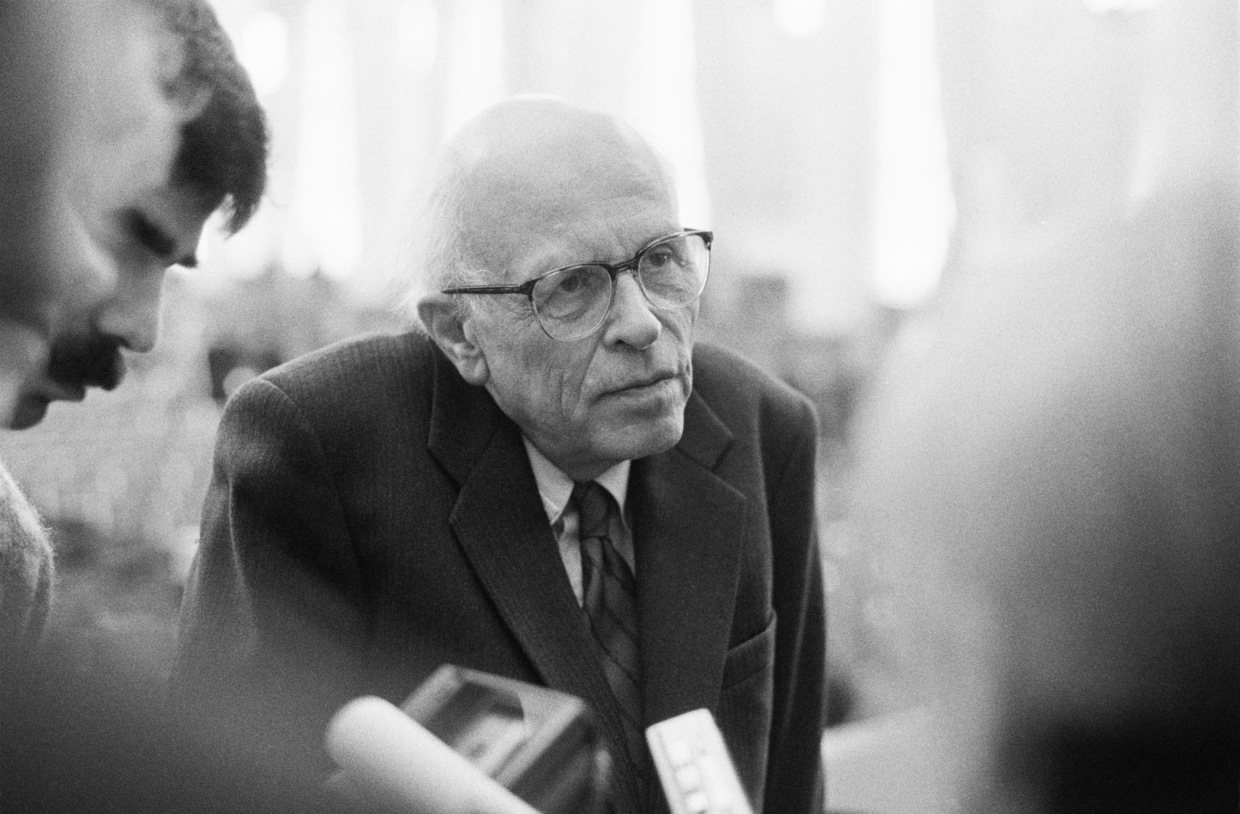
The Denisovans
In the late 2000s, Russian archeologists made a surprising discovery: They found a new species of archaic human. They named it “The Denisovan”, after the Denisova cave where it was found. The cave’s location is in the Altai mountains in Siberia.
Archeological work at the site began in the 1970s. In 1990, Anatoly Derevyanko from the Institute of Archaeology and Ethnography of the Russian Academy of Science established a special research center in the area.
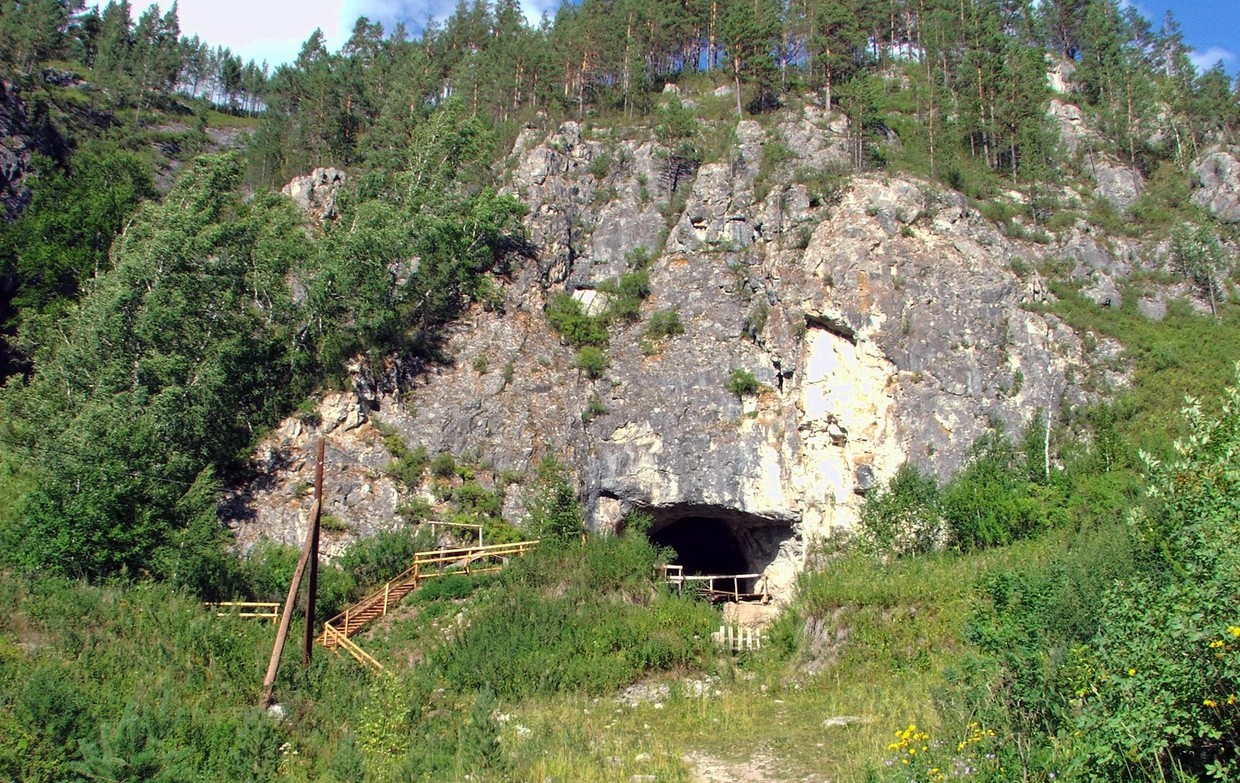
In 2008, a group of scientists led by Mikhail Shunkov found a finger bone of a young female. The bone contained well-preserved DNA, which was sequenced by the team of Swedish researcher Svante Pääbo at the Max Planck Institute in Leipzig, Germany. Following a series of tests, in 2010 they announced that the genetic material belongs to a previously unknown hominin.
Scientists now believe the Denisovans may have lived in the cave some 200 thousand years ago. The work in the Denisova cave continues, and likely holds even more secrets of human history.











